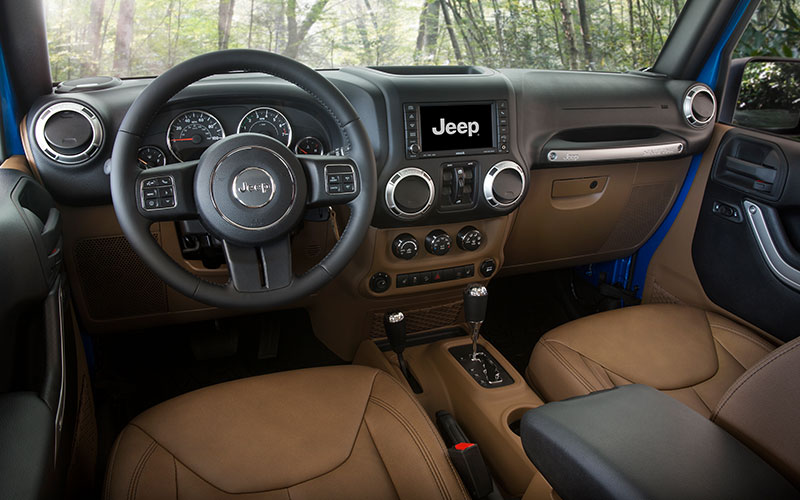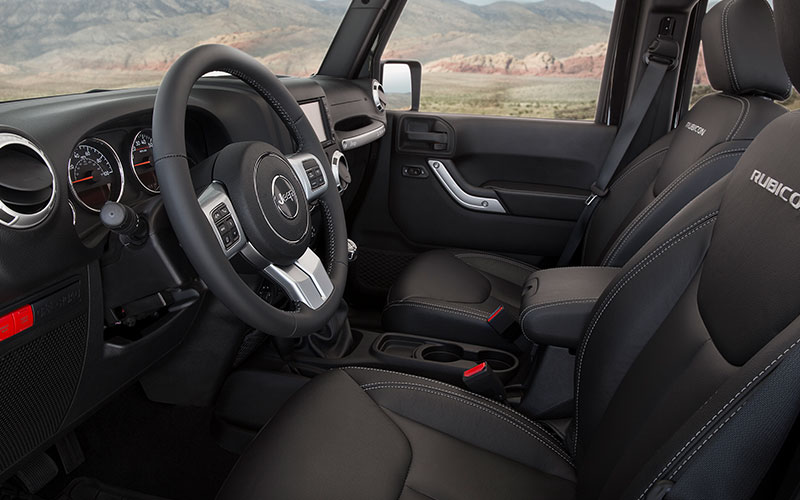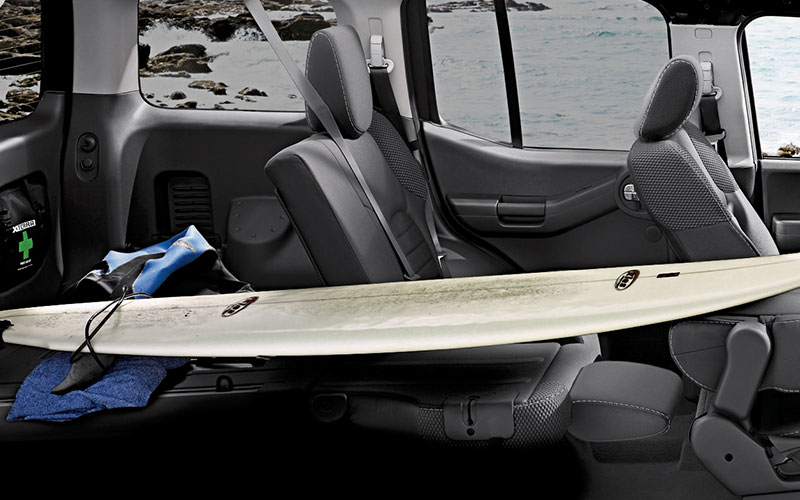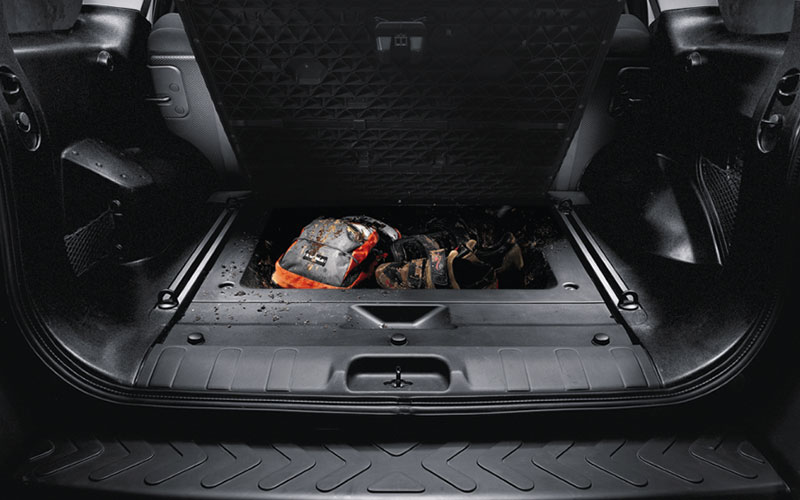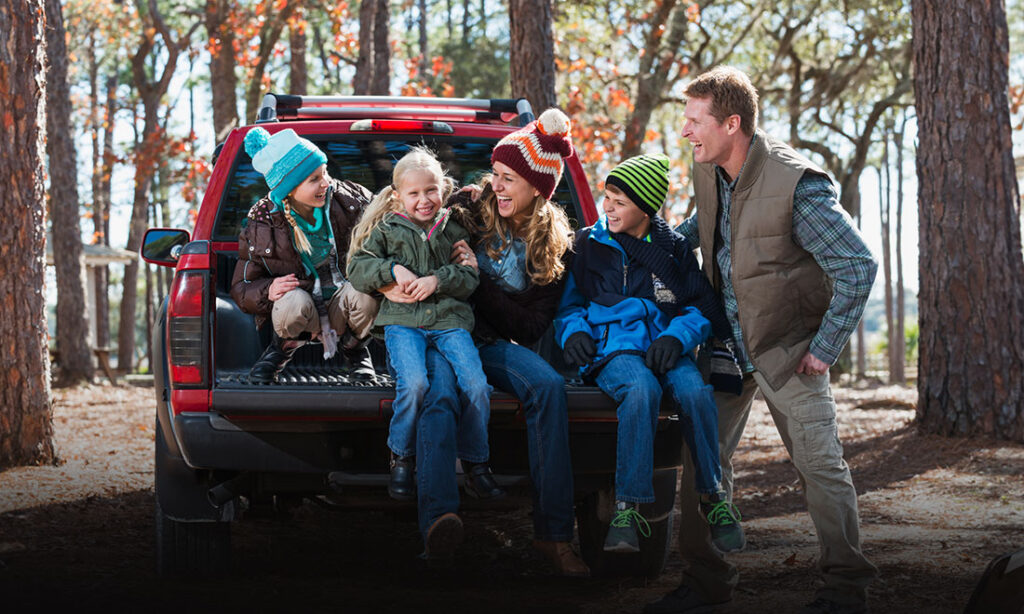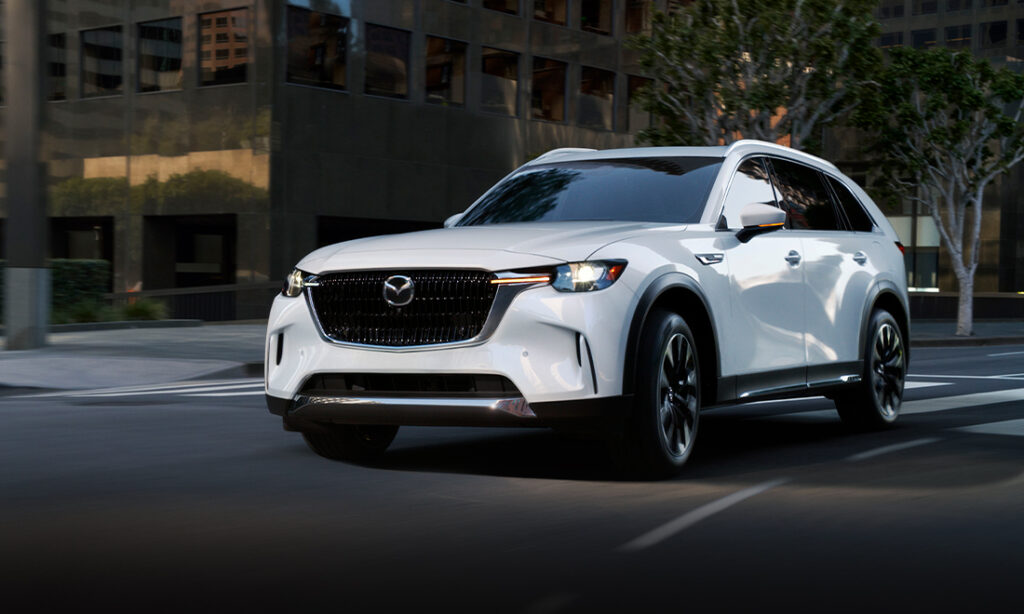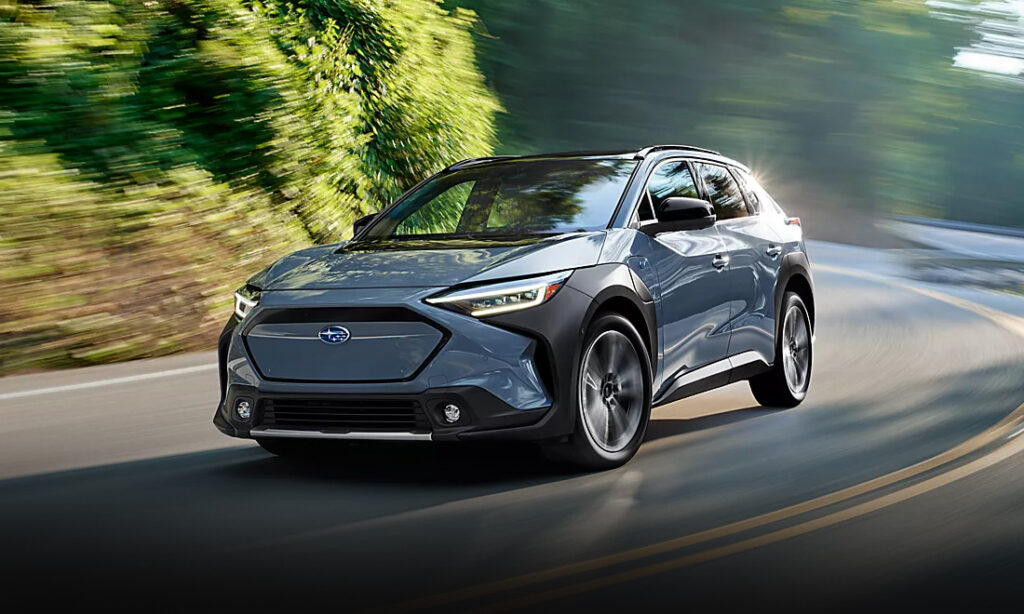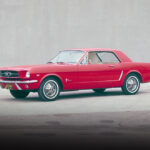Under $15K: Jeep Wrangler vs Nissan Xterra
Get ready to enjoy some throwback style and serious off-road goodness in this used Jeep Wrangler vs. Nissan Xterra comparison.
Jeep Wrangler vs Nissan Xterra
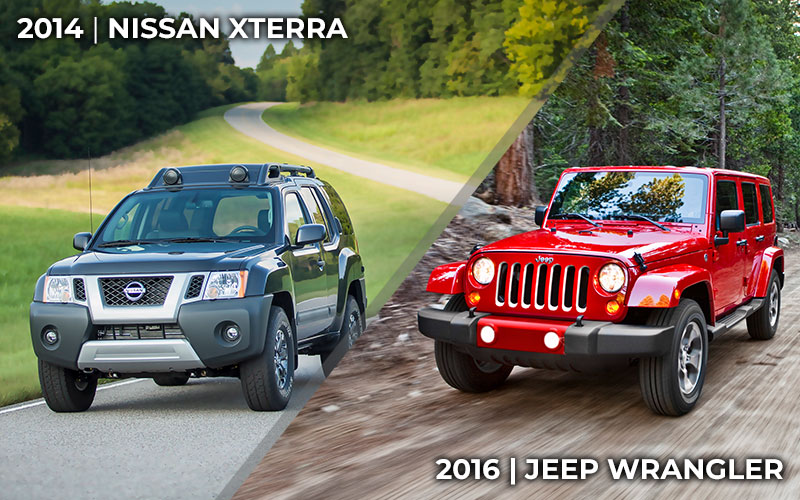
To conduct a proper Jeep Wrangler vs. Nissan Xterra comparison, we’ll need to go back in time a bit as the Xterra ceased production in 2015. That works because we have a budget cap of $15,000 on this matchup, a figure that goes a long way in securing models of either off-roader in very nice condition.
The Jeep Wrangler, a symbol of American adventure since World War II, has a long and storied history that we look back on here. In the 80-odd years since inception, the Wrangler hasn’t strayed far from its mission statement as a function-over-form rugged trail machine. However, a modicum of modernity has found its way into this most classic of Jeeps.
Arriving in 2007, the JK-series Wrangler was the first to offer a dedicated 4-door model known as the Unlimited. In production until 2017, the Wrangler JK slowly added amenities like heated seats and Bluetooth connectivity. For today’s comparison, we’ll be mostly focused on the Unlimited variant as it more closely aligns with Nissan’s Xterra. We’re also bracketing the model years from 2014-2016 as it captures the most manufacturer updates for both vehicles as well as the final year of the Xterra.
When it first appeared in 1999, the Nissan Xterra drew immediate comparison to the Wrangler thanks to body-on-frame construction and a clear focus on ruggedness over luxury. Larger and more capable, the second, and final, generation Xterra debuted in 2009. Though it is no longer produced, the Xterra is still one of our favorite Jeep alternatives. To find out which one we like better, however, you’ll need to read on.
Specs
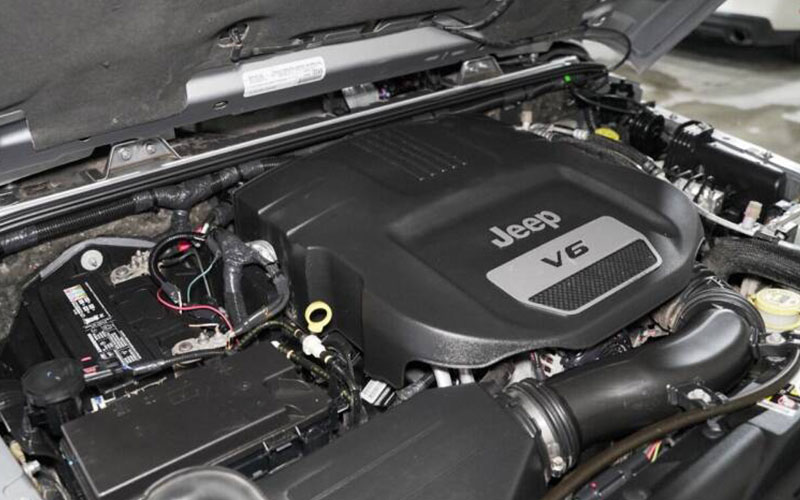
Starting in 2012, Jeep updated the Wrangler powertrain with a 3.6L Pentastar V6 making 285 horsepower and 260 lb-ft of torque. Mated to either a 5-speed automatic or 6-speed manual transmission, the Wrangler was only built with part-time 4WD. Second generation Xterras are outfitted with a similar setup consisting of a 4.0L V6 rated for 261 horses and 281 torques. The same transmission options as found on the Jeep were offered however, RWD was standard on the Xterra with the option for 4×4. We dive into the differences between AWD and true 4WD here.
Size-wise, the 14.9-foot long Xterra sits between a 2-door Wrangler measuring 13.7 feet long and an Unlimited model that stretches to 15.4 feet. Both off-roaders sit on a fully boxed frame and solid rear axles. However, the Xterra features an independent double-wishbone front suspension, while the Wrangler goes super old school with a solid axle front.
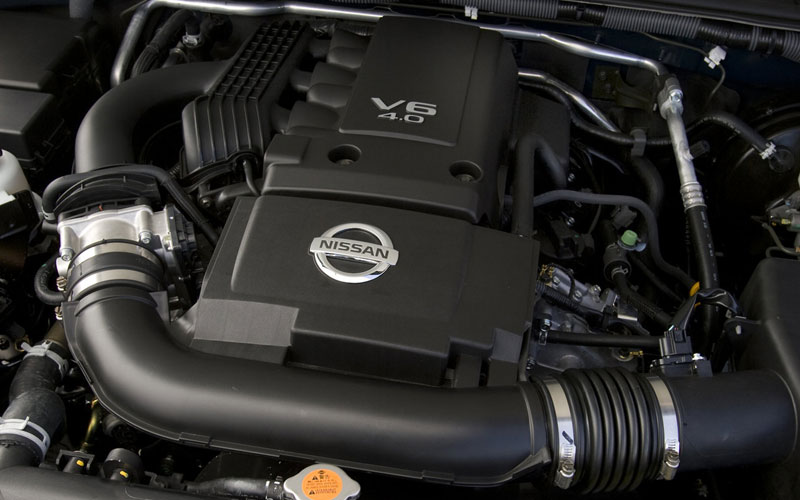
Nobody is buying these truck-based SUVs for their fuel efficiency, which is a good thing as they stink. A RWD Xterra is rated for 16/22 mpg in city/highway driving or 15/20 mpg with 4WD. Add one mpg to the latter city rating for manual-transmission models as they were only available on 4WD models. The 4WD-only Wrangler comes in at 17/21 mpg in base form or 16/20 mpg for the Unlimited. When equipped with the 6-speed stick, Unlimited models came in at 21 mpg on the highway.
Driving and Performance
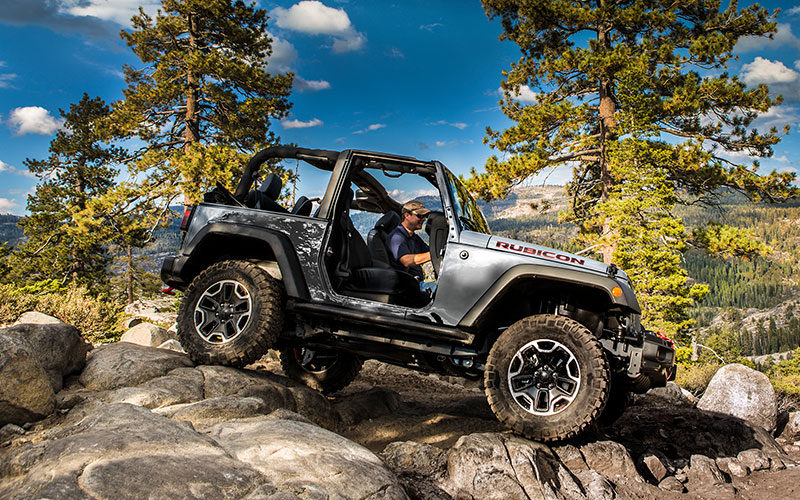
Neither of these vehicles is going to impress with their on-road handling and ride comfort, particularly in the face of modern SUVs that generally feature four-corner independent suspension. That is doubly true for the Jeep with dual solid axles. Both make enough grunt to get up and go, but watch out for spooky highway-speed handling – the Wrangler and Xterra were designed for the dirt.
To that end, Jeep fits robust Dana axles front and rear with the harder core Rubicon model boasting burly Dana 44s at both ends. Other Rubicon highlights include a front sway bar that can be disconnected via a cabin switch and electronic-locking front and rear differentials. Ground clearance measures 10 inches, the approach angle comes in at 42°, and a special crawler gear helps the Rubicon dominate the trail with ease. ‘
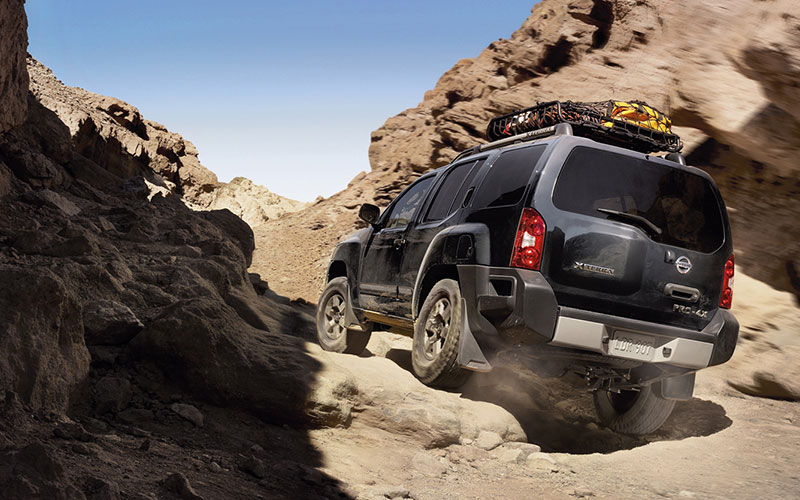
Only the Xterra PRO-4X sports a Dana rear axle with an electronic locking feature. Like the Jeep, the Nissan offers hill descent control, a dual-range transfer case with shift-on-the-fly capability, and four-corner anti-lock brakes. But the most aggressive PRO-4X gives up a half-inch of ground clearance to the Rubicon and 9° in the approach angle metric. As well, the Wrangler can ford up to 30 inches of water, while Nissan doesn’t publish a water fording figure for the Xterra.
Though serious off-roading is clearly the domain of the Wrangler, Nissan’s Xterra can tow up to 5,000 pounds when properly equipped. A Wrangler tops out at 3,500 pounds for Unlimited models or just 2,000 for the base 2-door configuration.
Comfort and Interior
Cabin comfort is where it really makes sense to compare the Xterra against a Wrangler Unlimited as the base Jeep has only two doors and seating for four. Adding two more doors and an extra seat makes the Jeep more apples-to-apples and a whole lot more comfortable for occupants.
Rear legroom measures 37 inches for the Unlimited to 34 for the Xterra. Cargo space is a mixed bag as the Jeep can handle 71 cubic feet of stuff with the rear seat folded and 31 with that bench upright. Over at Nissan, the numbers come in at 66 and 36 cubic feet, respectively.
Both the Jeep and Nissan are largely cloth-upholstered though leather with heated front buckets is available on both SUVs. The Xterra features a rubberized floor making post-adventure wipe-down a breeze. However, Wranglers are fitted with a cabin that can actually be hosed out – there are even drain plugs in the floor to make this easier.
Of course, this design is borne somewhat of necessity as the Wrangler’s doors and roof can be removed. The windshield can even fold flat. You certainly cannot do that in an Xterra, but it does have a two-tiered roof allowing for rear stadium seating and it is a whole lot quieter inside when driving at speed.
Trims and Features

Befitting its throwback ethos, a base 2016 Wrangler Sport has hand-crank windows, no air-conditioning, and steel wheels. But it does come with an 8-speaker AM/FM/CD stereo. Sahara trim sits on 18-inch alloys, includes power accessories and tempered air plus a leather-wrapped steering wheel.
Top-spec Wrangler Rubicon is upgraded for off-roading with rock rails, 32-inch all-terrain tires, and tunable dampers. All models have the option for a 6.5-inch infotainment touchscreen with Bluetooth and an upgraded stereo, while top models offer built-in navigation and a Wi-Fi hotspot.
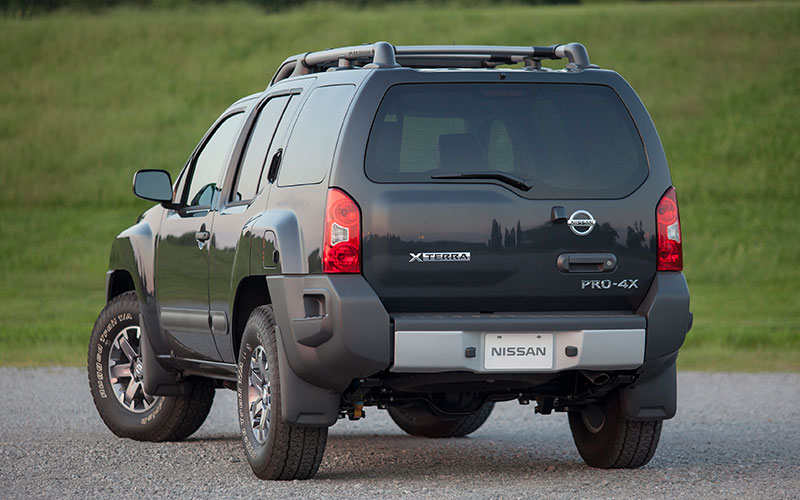
A base 2015 Xterra X also sits on steel wheels but comes with power windows and door locks, a multifunction steering wheel, and Bluetooth connectivity. Midpack S trim adds alloy rims, a USB port, a cargo management system, and a roof-mounted covered box for dirty gear – which is one of the features that make the Xterra so ideal for camping.
PRO-4X, the top-line Xterra, features exclusive wheels, all-terrain rubber, four skid plates, and roof-mounted auxiliary lighting. It also comes with a fold-flat front passenger seat, heated front buckets, a 5.8-inch touchscreen, and a backup camera – the latter of which is not available on the Wrangler.
Verdict
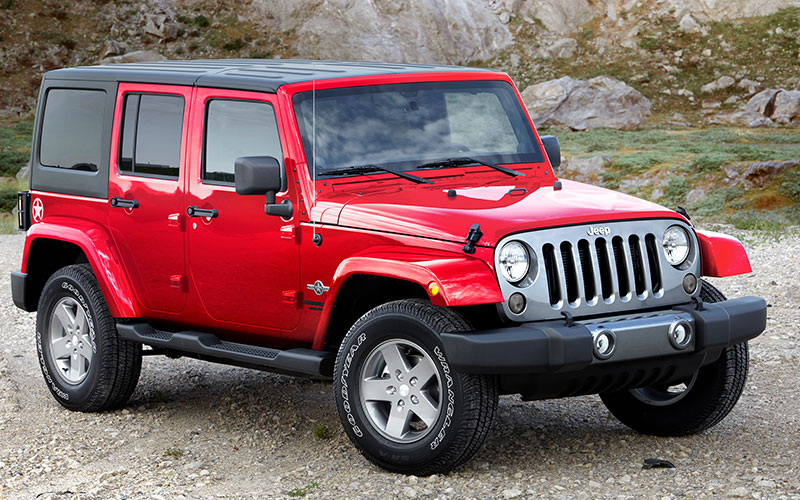
Both vehicles in this used Jeep Wrangler vs. Nissan Xterra comparison come with serious off-road chops even if the Wrangler can go further. They also both have powerful V6 motors, factory-built hardcore models, and enough macho style to cow most any modern crossover. What neither SUV offers is much in the way of a comfortable ride, fuel economy, or amenities.
For that reason, first place goes to the Jeep Wrangler. You should only be considering buying these vehicles for their incredible overlanding abilities, which the Wrangler possesses more of. The fact that you can remove all the body panels and roll up the windows by hand just adds to the uniquely cool Wrangler flavor.


